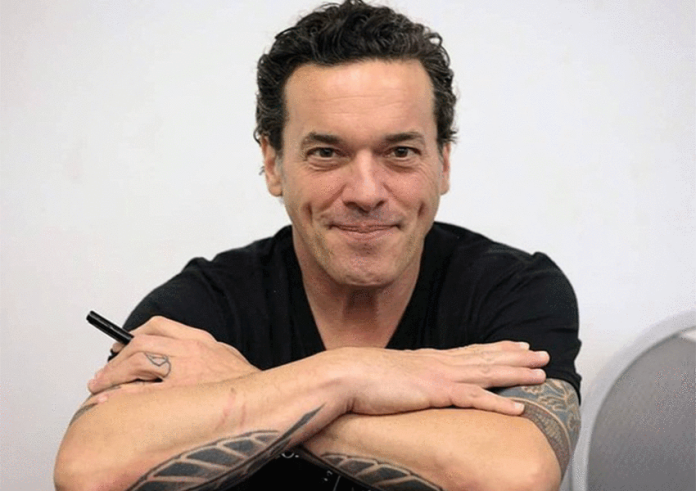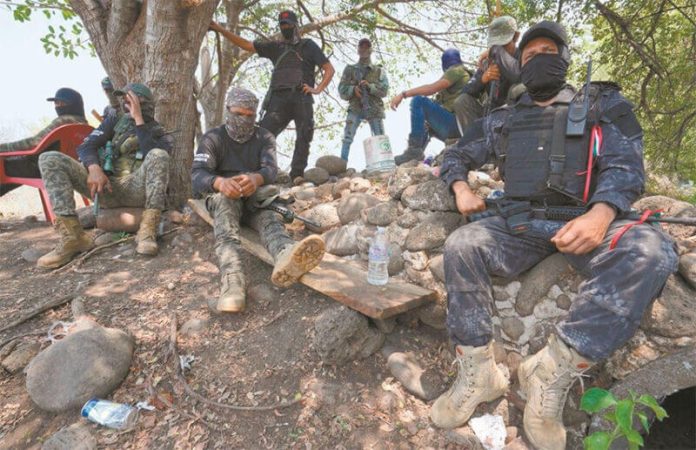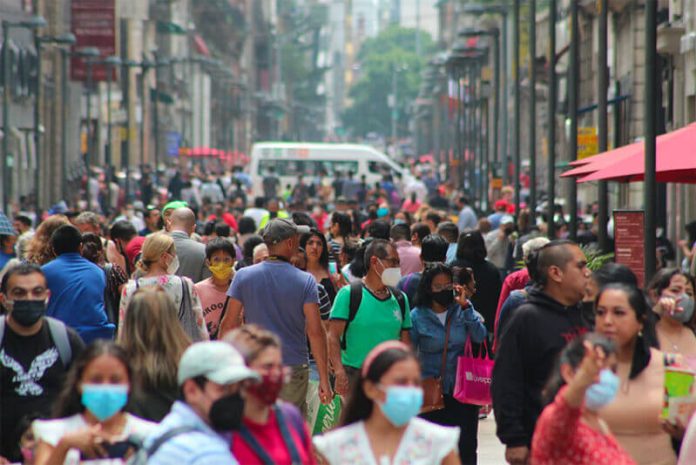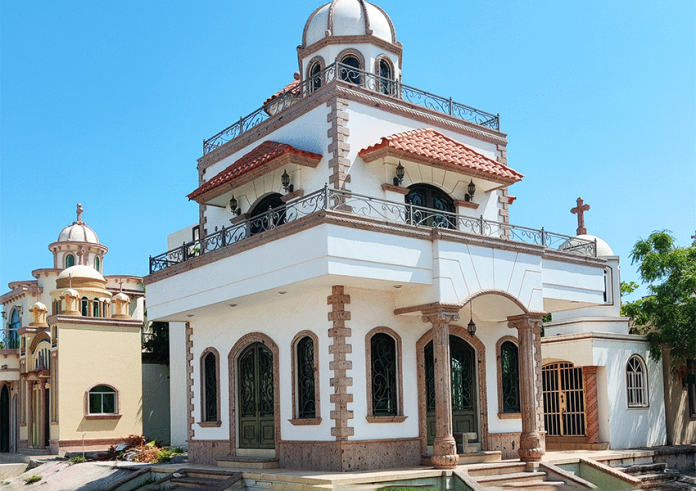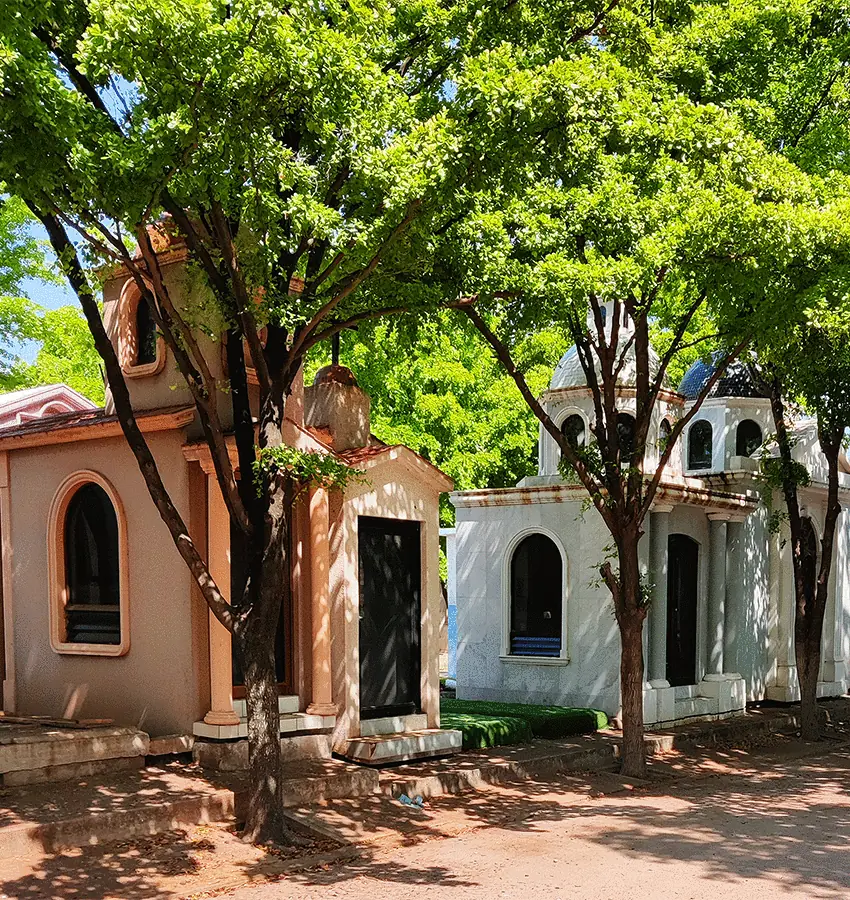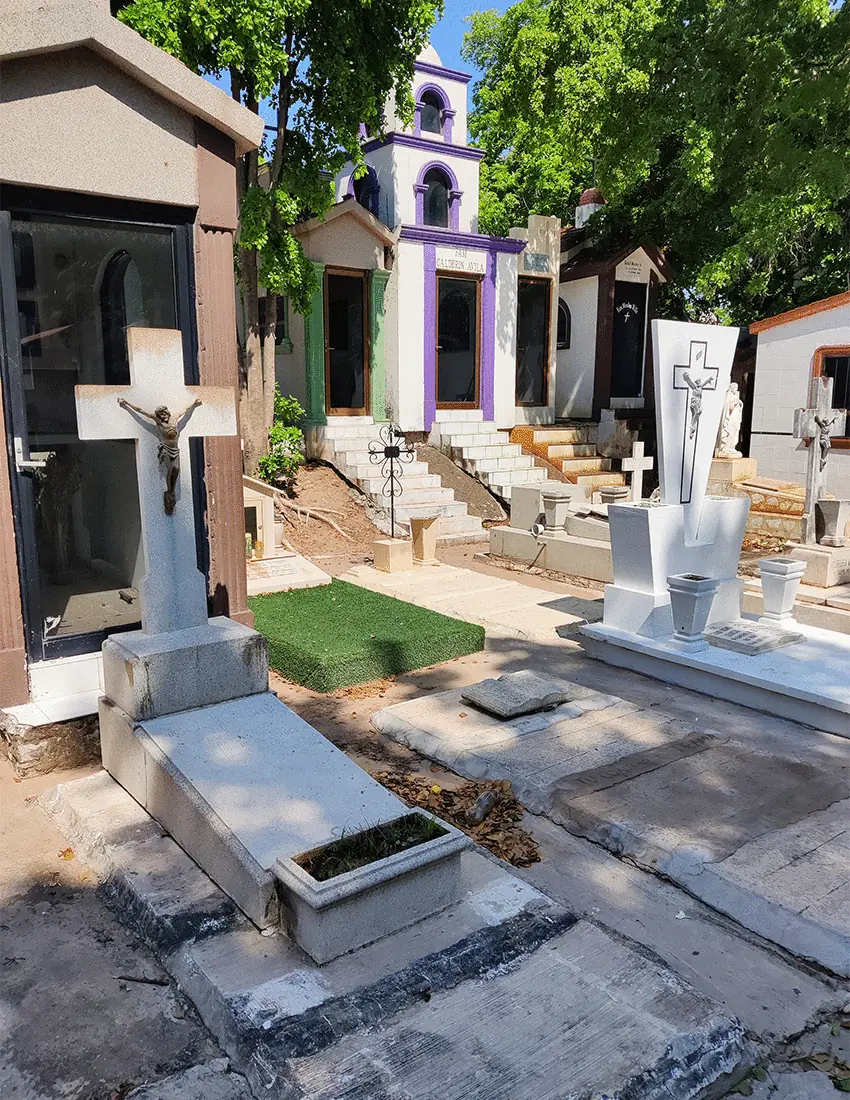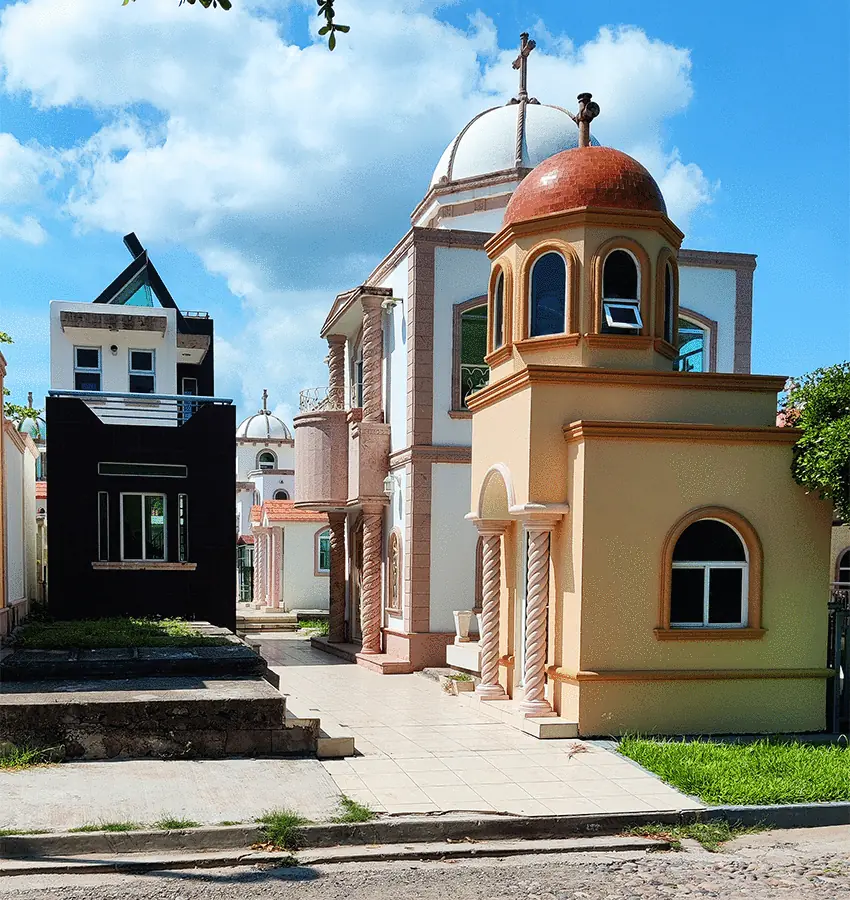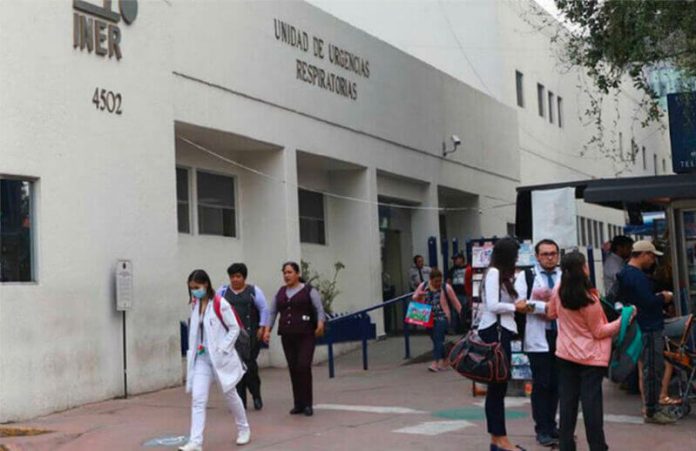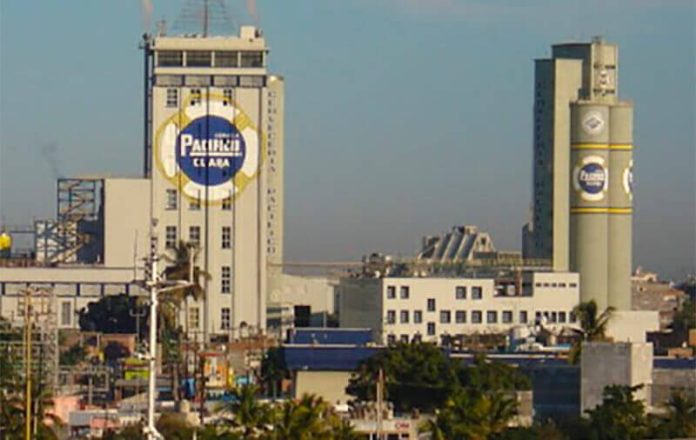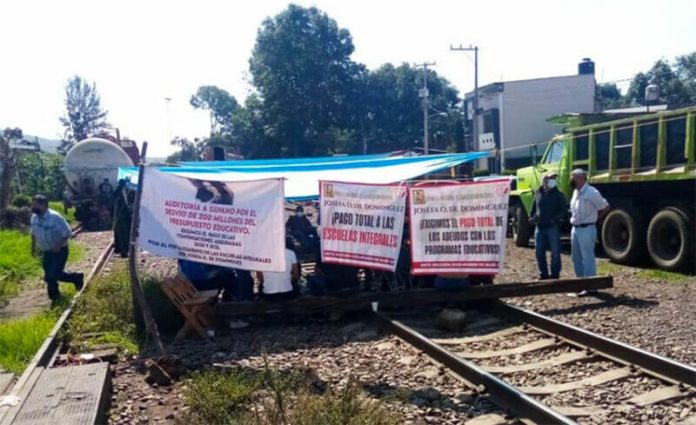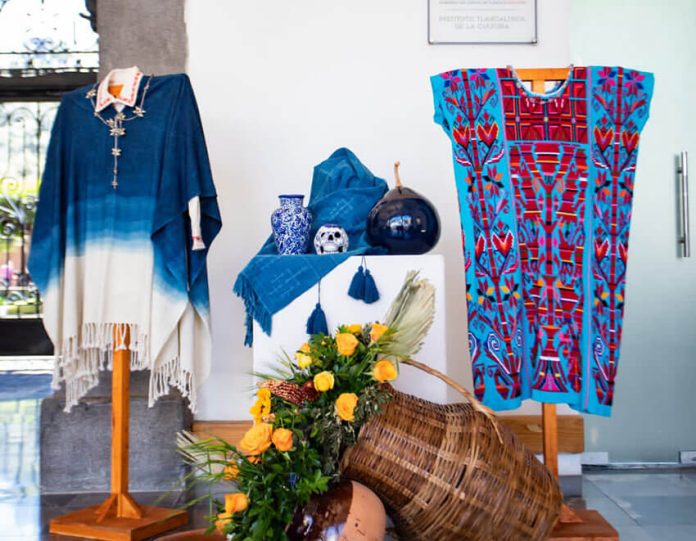Basketball superstar athlete Michael Jordan once said, “You can practice shooting eight hours a day, but if your technique is wrong, then all you become is very good at shooting the wrong way. Get the fundamentals down and the level of everything you do will rise.”
The San Miguel Literary Sala, based in San Miguel de Allende, Guanajuato, is taking that advice to heart and focusing its online workshops this month on teaching the fundamentals of writing. These live, online classes over Zoom, some of which begin Monday, will go back to basics, teaching subjects such as crafting metaphor, using point of view and dialogue, pacing scenes and more.
The literary organization has been offering online events for writings and book lovers since 2020 when the coronavirus pandemic forced it to go virtual.
For those writing in specific genres, August will also feature workshops on writing about travel and food and on using humor.
And on Sunday, the Literary Sala will also host a discussion between two poets over Zoom: Michael Bazzett and David Dykes’ talk is entitled “Writing is a Suckas Game: Art vs. Craft.” Their discussion will take from 4 to 5 p.m. CDT.
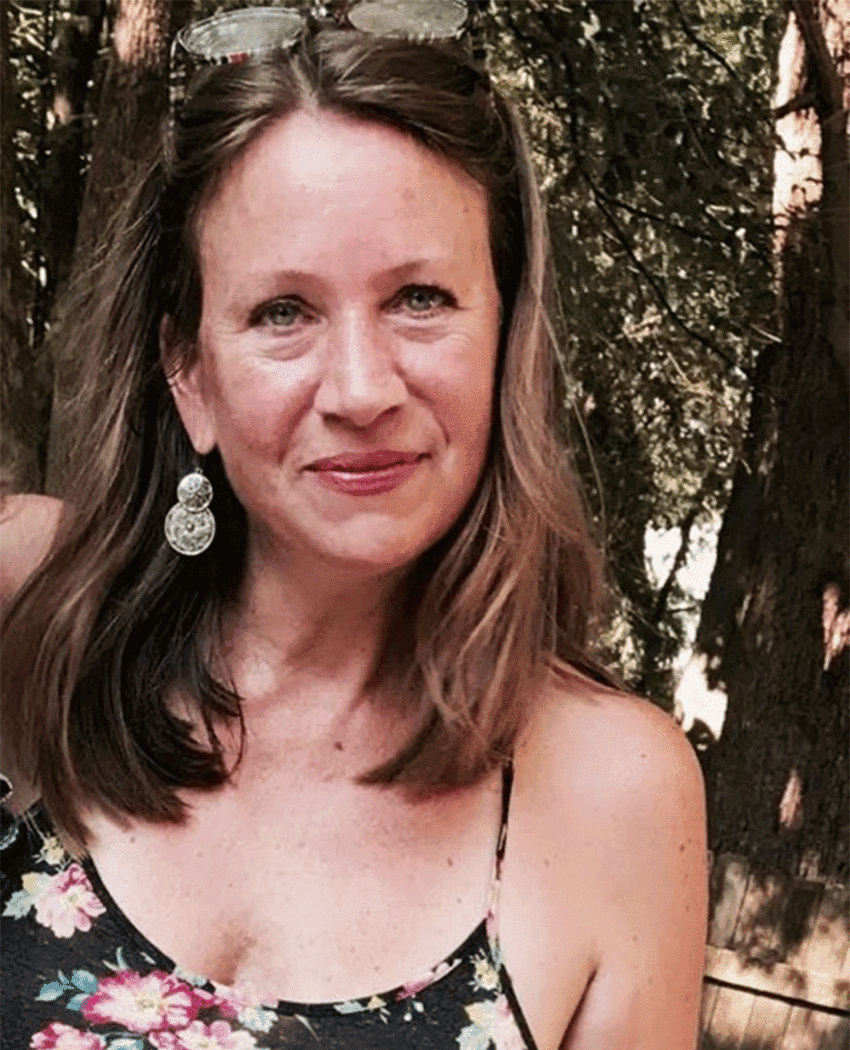
Bazzett, author of The Echo Chamber and five other collections of poems as well as a translator of The Popol Vuh, won the Lindquist & Vennum Prize for Poetry. Dykes is a poet, teacher and editor. Tickets to this talk are free, although voluntary donations are welcomed.
The Literary Sala’s August workshop schedule is as follows. All events are listed in Central Daylight Time.
- August 16 and 18, 3–4:30 p.m. — Laura Juliet Wood: “Metaphor in Flight: the Leap of the Subconscious in Poetry.” Learn what the greats (Bly, Garcia Lorca, Dickinson, Bishop and others) have to say on the subject and try it yourself in several writing exercises. Tickets: US $80.
- August 16 and 18, 5:30-7:30 p.m. — Joseph Boyden: “Writer’s Toolbox.” Boyden, author of Three Day Road and Through Black Spruce, will teach you how to open up the writer’s toolbox and examine its contents, including point of view, suspension of disbelief, scene, summary and dialogue. Tickets: US $80
- August 17 and 19, 3-4:30 p.m. — Diana Spechler: “A Moveable Feast: Writing about Travel and Food.” Those interested in writing about the most expensive Paris restaurant or about the 75-year-old hamburger joint in their hometown will both find a home here. Spechler will discuss character development and how to describe food without resorting to cliches. The workshop is taught in two 90-minute sessions. Tickets: US $80.
- August 17 and 19, 5:30-7 p.m. — Mark Saunders: “10 Ways to Punch up Your Writing with Humor.” Saunders, author of Nobody Knows the Spanish I Speak, will teach you 10 methods of incorporating humor into your writing. The workshop will consist of quick exercises to help spark your sense of humor as well as examining humor writing techniques used by some of literature’s most accomplished humorists. Tickets: US $80.
For more information, including how to buy tickets or buy tickets to multiple upcoming Literary Sala events at a package price, visit their website.
